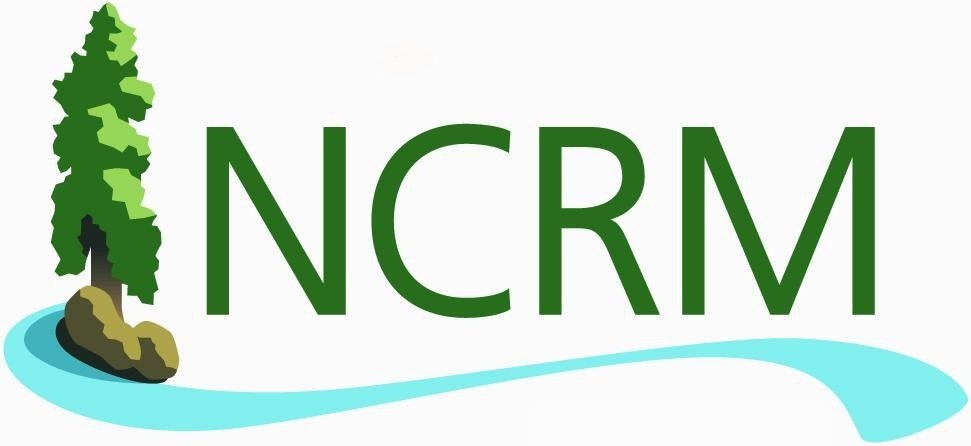Cultural Resource Management (CRM) is a fascinating field that bridges the gap between development and history. Ever wondered what happens to historical sites or archaeological treasures when construction projects loom large? CRM steps in to ensure these irreplaceable resources are identified, evaluated, and protected before progress paves the way.
This blog post delves into the world of CRM, explaining its importance, the professionals involved, and the steps taken to safeguard our cultural heritage.
Understanding Cultural Context through Culture Grams
Cultural Resource Management (CRM) doesn’t exist in a vacuum. When evaluating a site’s significance, CRM professionals often consider the cultural context in which it existed. Resources like Culture Grams, a database providing in-depth reports on various cultures around the world, can be valuable tools in this process. By referencing information on traditional practices, belief systems, and social structures in a particular region, CRM professionals can gain a deeper understanding of the potential significance of unearthed artifacts or architectural features. This enriched context allows for more informed decision-making regarding the preservation and interpretation of cultural resources.
Why is Cultural Resource Management Important?
Imagine a bustling city street transforming into an archaeological dig. While dramatic, this scenario highlights the potential conflict between development and preserving the past. Here’s why CRM is crucial:
-
Preserves irreplaceable history:
Archaeological sites and historic buildings offer tangible connections to bygone eras. CRM helps us understand past societies, their technologies, and ways of life.
-
Informs future development:
By identifying cultural resources, CRM allows for informed planning. Construction projects can be adjusted to avoid significant sites, minimizing damage and preserving valuable historical information.
-
Engages communities:
The CRM process often involves consulting with descendant communities and indigenous groups who may have connections to the identified resources. This fosters a sense of ownership and cultural pride.
Who are the People Behind CRM?
A diverse team of professionals contributes to successful CRM projects:
-
Archaeologists:
They conduct surveys, excavations, and analyze artifacts to understand past societies.
-
Architectural historians:
These specialists research and document historic buildings and structures, evaluating their significance.
-
Cultural resource managers:
These individuals oversee the entire CRM process, ensuring compliance with regulations and coordinating with various stakeholders.
The Steps Involved in Cultural Resource Management
CRM projects typically follow a standardized process:
-
Background research:
Existing historical records and maps are reviewed to identify potential cultural resources in the project area.
-
Field surveys:
Archaeologists and architectural historians conduct surveys, which may include surface inspections, remote sensing techniques, or limited excavations, to locate and assess resources.
-
Evaluation:
Identified resources are evaluated for their significance based on factors like age, historical context, and potential to provide information about the past.
-
Consultation:
Consultation takes place with relevant stakeholders, including government agencies, descendant communities, and the public, to determine the best course of action.
-
Mitigation:
If a significant cultural resource is identified and cannot be avoided, mitigation strategies like data recovery through excavation or careful recording of the site may be implemented.
-
Reporting and documentation:
Throughout the process, detailed reports are prepared and submitted to relevant authorities.
CRM in Action: Examples and Case Studies
CRM is a dynamic field with real-world applications. Here are a few examples:
-
Highway construction:
Before a new highway is built, CRM professionals are brought in to survey the route. If archaeological sites are found, the highway might be rerouted or mitigation efforts undertaken.
-
Urban development:
CRM plays a vital role in urban planning. Before a new building goes up, historical structures on the site might be documented or preserved.
-
Pipeline projects:
Pipelines often traverse vast distances, potentially impacting cultural resources along the way. CRM helps identify and protect these resources during pipeline construction.
The Future of Cultural Resource Management
The field of CRM is constantly evolving. Here are some trends to watch:
-
Public outreach and education:
Increasing public awareness about CRM and the importance of cultural heritage is a growing focus.
-
Technological advancements:
New technologies like Geographic Information Systems (GIS) and 3D laser scanning are being employed to enhance CRM surveys and data collection.
-
Community involvement:
Building strong partnerships with local communities and indigenous groups is becoming increasingly important in CRM projects.
Conclusion
Cultural Resource Management is a vital practice that safeguards our connection to the past. By ensuring responsible development and fostering a deeper understanding of history, CRM enriches our communities and shapes our future.



